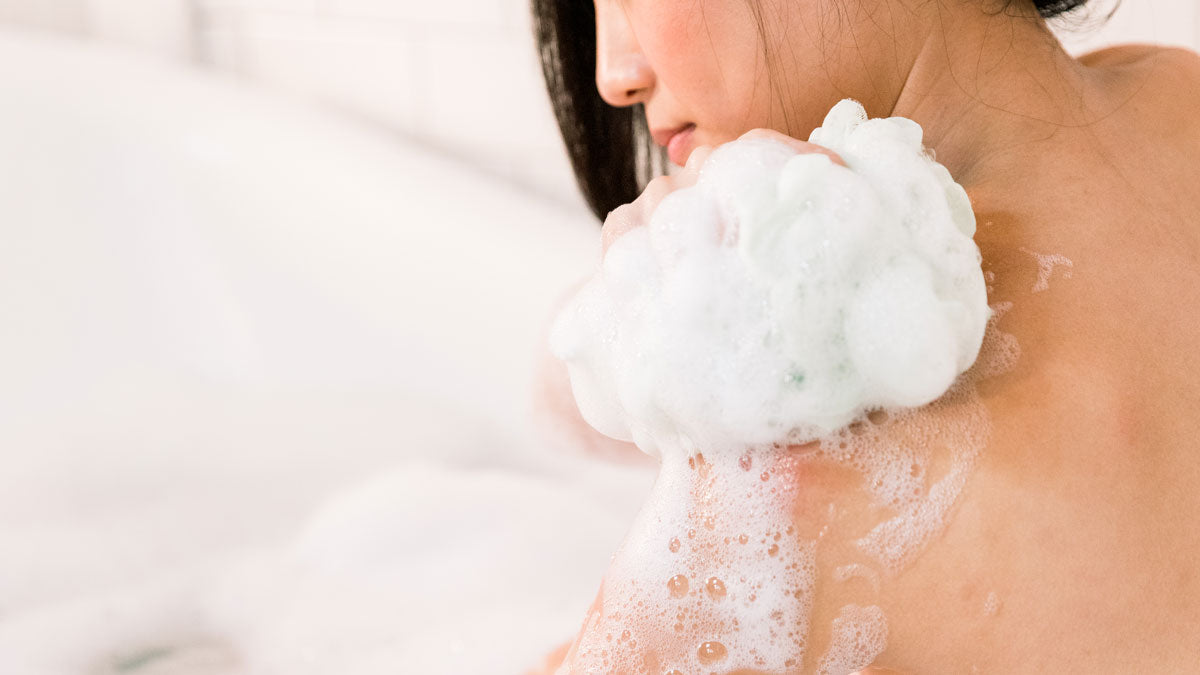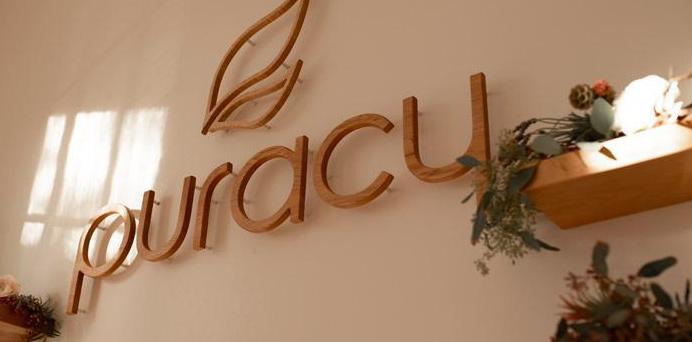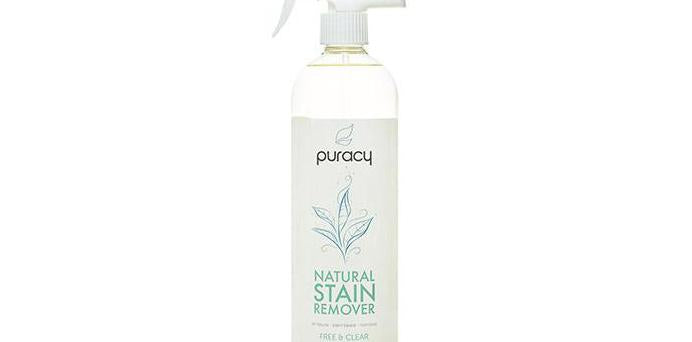Spotlight

What Is Cocamidopropyl Betaine?
If you carefully read the labels on your personal care products, you've probably seen “cocamidopropyl betaine” somewhere. But what does it do? Is it the same as coco-betaine?
Read more
Happy Birthday to Us! Puracy Celebrates Six Years in Business
Sean and Paul – Puracy's founders – want to thank all of our customers for the last six years. Here's what the company has been up to since we started.
Read more
A closer look at EWG grades for Puracy Natural Laundry Products
Update: EWG now ranks Puracy Natural Laundry Detergent "A" as of November 5, 2019. We wanted to take a moment to proactively address the grade we received on EWG for our Natural Laundry Detergen...
Read more







